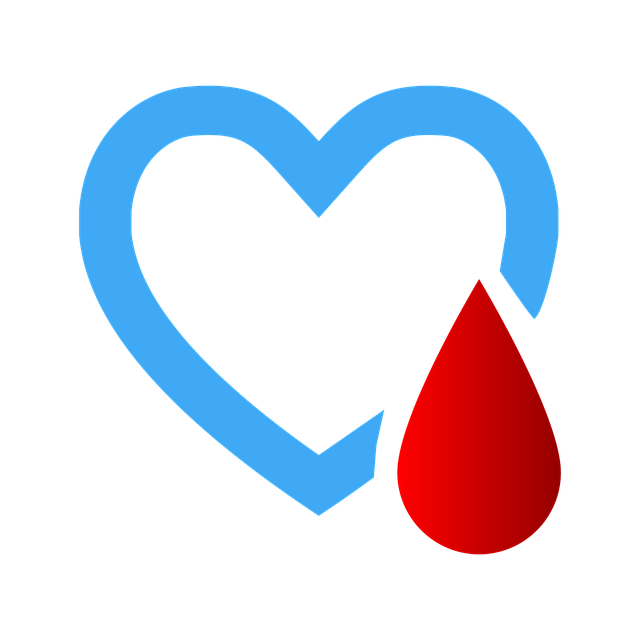Hypoglycaemia
Hypoglycaemia (also known as hypo or
low blood glucose level) is a condition
that occurs when the blood glucose level
has dropped below normal, usually below
4mmol/L, although this can vary.
It is important to treat hypo immediately to stop
the blood glucose level from falling even lower and
potentially becoming a life threatening situation.
Causes of hypoglycaemia
» Delaying or missing a meal
» Unplanned physical activity
» Not eating enough carbohydrates
» More strenuous exercise than usual
» Drinking alcohol
» Too much insulin or diabetes tablets
Common symptoms of hypos
• Weakness, trembling or shaking
• Irritability/aggression
• Light headedness/dizziness
• Lack of concentration/behaviour change
• Tearfulness/crying
• Numbness around the lips and fingers
• Sweating
Caution: If not treated
ASAP the following can
occur
• Loss of coordination
• Confusion
• Slurred speech
• Loss of consciousness
• Fitting/seizures
Caution: If person is
unconscious, drowsy or
unable to swallow
THIS IS AN EMERGENCY AND NO FOOD
OR DRINK IS TO BE GIVEN BY MOUTH!
• Place the person on their side making sure
their airway is clear.
• Give an injection of glucagon if available
and you are trained to give it.
• Phone for an ambulance (if possible)
stating a ‘diabetes emergency’.
• Wait with the person until an ambulance
arrives.
• When they regain consciousness, the
person will require carbohydrates to
maintain their blood glucose level.
Glucagon kit
Glucagon is a hormone, which raises the blood
glucose level and is injected in a similar way to insulin.
Glucagon is recommended to reverse severe
hypoglycaemia (hypo) in people with diabetes.
If a person is able to treat their own hypo, they do
not need glucagon, which is always administered by
another person.
If a person is unable to eat or drink, such as due
to impaired consciousness, a glucagon injection
may be considered. This is always given by another
person, who is trained to do so


